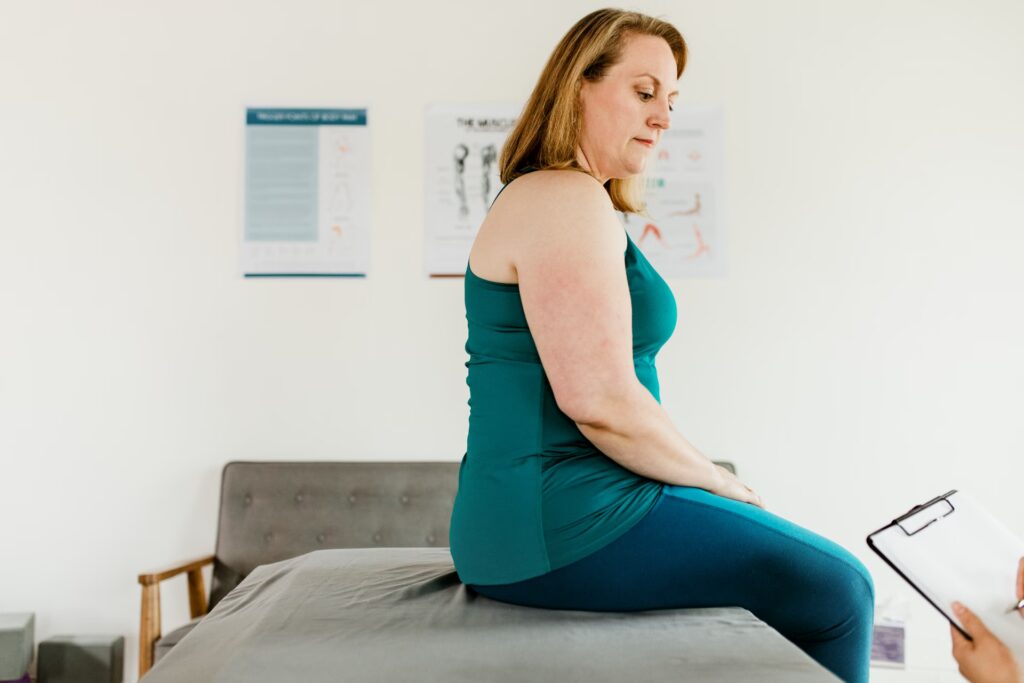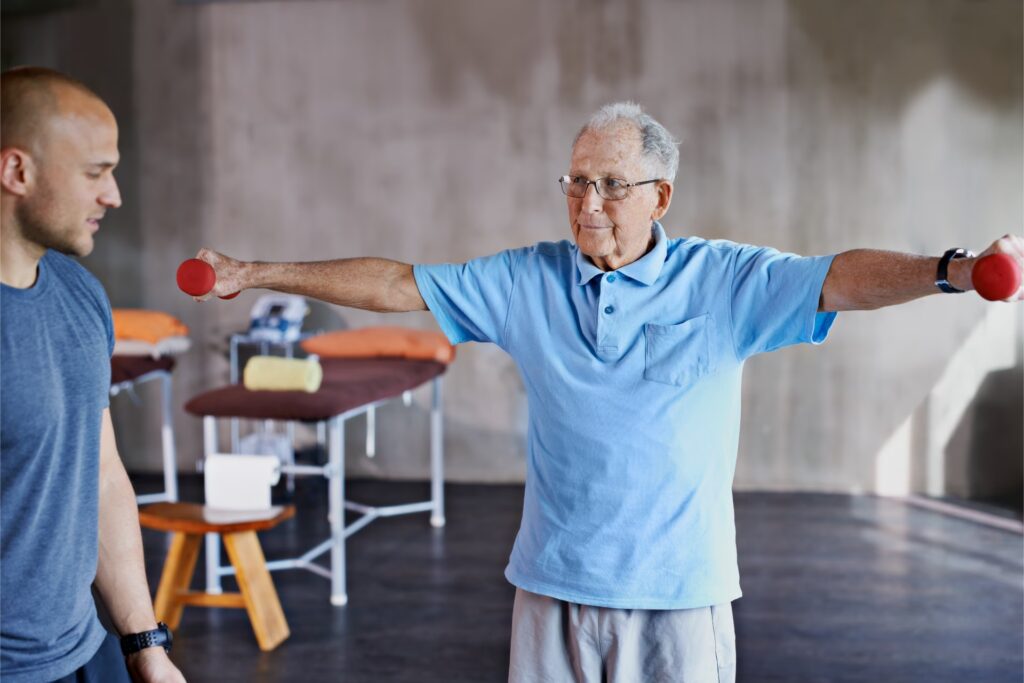
Treatment
Expert Care for
Postural Problems
Postural issues refer to imbalances in the alignment of your body during sitting, standing, or movement. These imbalances often develop over time due to poor habits, injury, muscle weakness, or certain occupational or lifestyle factors.
Examples of poor posture include:
- Forward head posture (“tech neck”)
- Rounded shoulders
- Anterior pelvic tilt
- Slouched sitting
- One-sided weight bearing (e.g., always leaning on one leg)
How Do Postural Issues Affect the Body?
Poor posture isn’t just about how you look — it directly impacts your musculoskeletal health.
1. Skeletal Effects
- Joint Misalignment: Can lead to abnormal wear and tear, increasing the risk of osteoarthritis.
- Spinal Stress: Prolonged poor posture alters the natural curves of the spine, increasing pressure on discs and vertebrae.
- Reduced Mobility: Over time, postural dysfunction can restrict joint range of motion and lead to stiffness.
2. Muscular Effects
- Muscle Imbalances: Some muscles become overactive and tight (e.g., upper traps), while others become weak and underused (e.g., deep neck flexors, glutes).
- Chronic Pain: Common areas include the neck, shoulders, lower back, and hips.
- Fatigue: Poor posture requires more energy for muscles to hold the body upright inefficiently.
- Compensatory Movement Patterns: Can lead to injuries during exercise, sport, or daily activities.
Common Posture-Related Conditions
- Tension Headaches
- Lower Back Pain
- Neck and Shoulder Pain
- Sciatica
- Repetitive Strain Injuries (e.g. from desk work)
- Thoracic Outlet Syndrome
- Knee and foot alignment issues (e.g., pronation due to pelvic tilt)
How Can Physiotherapy & Sports Therapy Help?
Our therapists assess postural alignment, muscle function, and movement patterns to create a tailored treatment plan.
1. What’s Involved:
- Postural Assessment: Using visual analysis, mobility tests, and movement screens to identify dysfunction.
- Hands-On Treatment: Soft tissue massage, myofascial release, and joint mobilisations to reduce pain and restore movement.
- Corrective Exercise Program: Targeted strengthening of weak muscles (e.g., glutes, core, scapular stabilisers) and stretching of tight muscles (e.g., hip flexors, pecs).
- Postural Education: Ergonomic advice, workstation adjustments, lifting techniques, and postural cues for daily life.
- Functional Movement Retraining: Rebuilding safe, efficient movement habits for walking, sports, work, or gym training.
Who Should Seek Help?
- Desk-based workers with neck/back/shoulder pain
- Athletes recovering from injury or with movement dysfunction
- Teens with poor posture from phone/computer use
- Postnatal individuals with weakened core or pelvic tilt
- Anyone with recurring tension or stiffness
Benefits of Addressing Postural Issues
- Reduced pain and stiffness
- Improved muscle balance and flexibility
- Enhanced athletic performance
- Lower risk of injury
- Increased body awareness and confidence
- Long-term joint and spinal health

